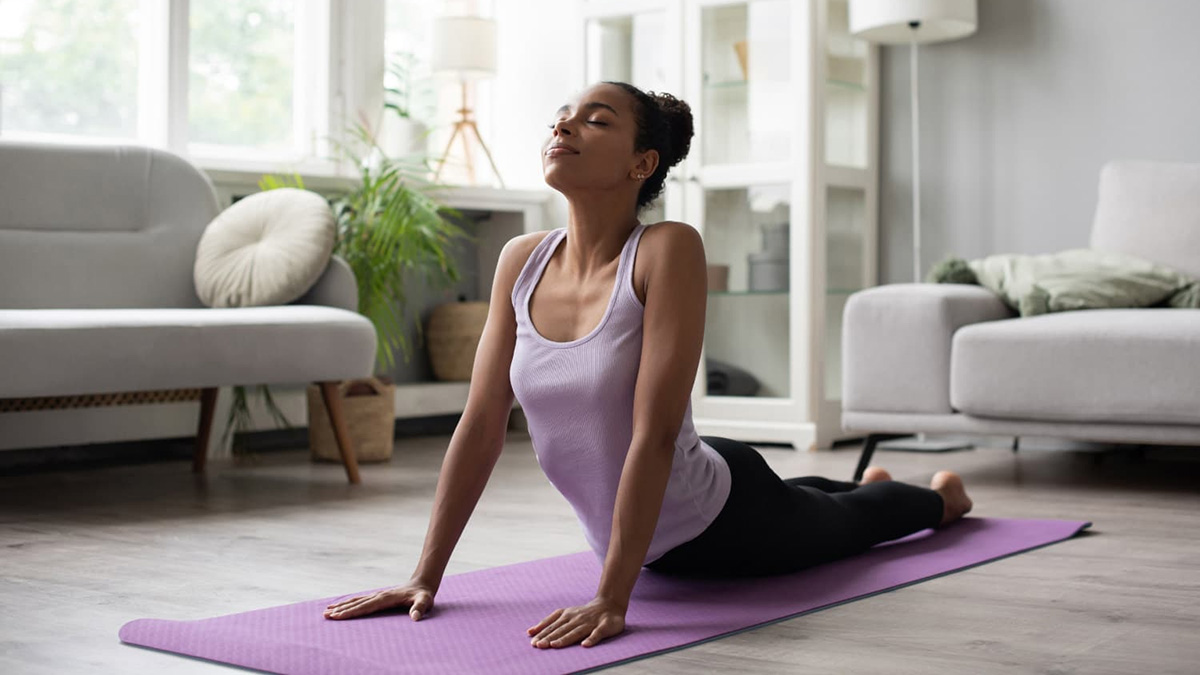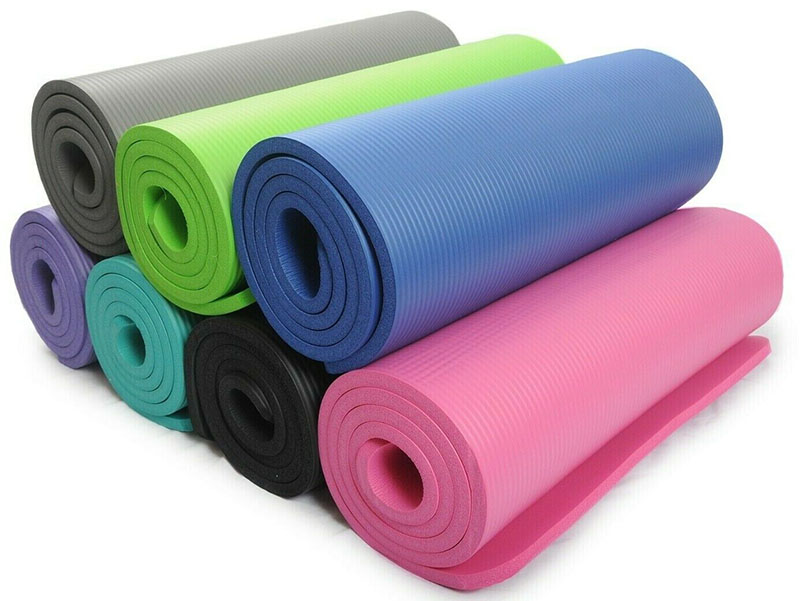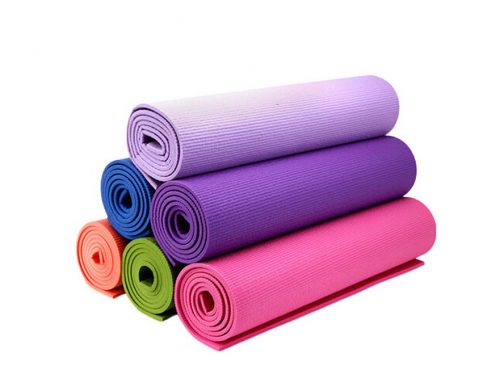Table of Contents
1.Introduction
Yoga is an excellent way to improve your physical and mental health, and it is crucial to have the right equipment to support your practice. When it comes to yoga gear, two essential items are the yoga mat and the yoga towel.
In this article, we will discuss the differences between these two accessories, their uses, and which one may be better for you.
2.What is yoga mat?
A yoga mat is a mat specifically designed for yoga practice. It is typically made from materials such as PVC or natural rubber, and comes in a variety of thicknesses, lengths, and designs. Yoga mats are designed to provide a stable and non-slip surface for your practice, and are cushioned to provide support and comfort for your joints during practice.
3.What are the materials of yoga mats?
There are numerous yoga mats of varied materials on sale on the market. In the following part, Speck would like to show you yoga mats that are commonly seen:
- PVC (Polyvinyl chloride):This is the most commonly used material for yoga mats due to its durability, affordability, and grip. However, PVC is not biodegradable, and its production can release harmful chemicals into the environment.
- PVC (Polyvinyl chloride):This is the most commonly used material for yoga mats due to its durability, affordability, and grip. However, PVC is not biodegradable, and its production can release harmful chemicals into the environment.
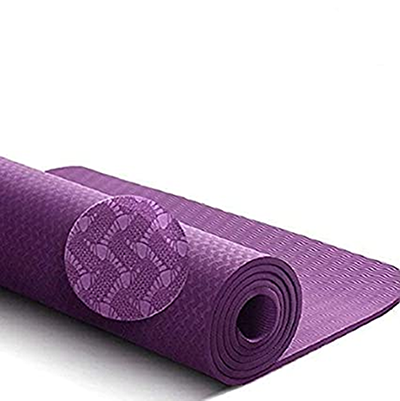
- TPE (Thermoplastic elastomers):TPE is an eco-friendly and biodegradable material that provides good cushioning and grip. It is often used as an alternative to PVC.

- Natural rubber:This is a natural and sustainable material that provides excellent grip and cushioning. However, natural rubber can have a strong smell, and it may not be suitable for people with latex allergies.

- Cork:Cork is a sustainable and eco-friendly material that provides excellent grip and cushioning. It is also antimicrobial, which makes it easy to clean and maintain.

4.What are the pros and cons while using yoga mats?

4.1 Pros of using a Yoga Mat
- Provides a Stable Surface:A yoga mat provides a stable surface to practice on, which is important for maintaining balance and proper alignment during yoga poses.
- Cushioned for Comfort:Yoga mats are cushioned to provide support and comfort for your joints during practice, which can be especially beneficial for those with sensitive knees or wrists.
- Non-Slip Surface:Most yoga mats have a non-slip surface, which prevents you from slipping or sliding during practice, even when you are sweating.
- Hygienic:Using a private yoga mat can help prevent the spread of germs and bacteria on shared yoga surfaces.
- Portable:Yoga mats are easy to roll up and transport, making them a convenient accessory for those who practice yoga at home, in a studio, or while traveling.
4.2 Cons of using a Yoga Mat
- Durability:Depending on the material and quality of the yoga mat, it may not last as long as you would like. Over time, the mat may start to wear down or develop holes, which can affect its grip and cushioning.
- Slippery when wet:While most yoga mats are designed to provide a non-slip surface, they can become slippery when wet. This can be a problem if you sweat a lot during practice or if the mat gets wet from a spill or rain.
- Odors:Depending on the material and frequency of use, yoga mats can develop odors over time. This can be unpleasant, especially if you practice yoga in a studio or other shared space.
- Environmental impact:Some yoga mats are made from materials that are not environmentally friendly, such as PVC. If you’re concerned about your impact on the environment, you may want to look for a yoga mat made from natural or recycled materials.
- Cleaning: Depending on the material, cleaning a yoga mat can be time-consuming and require special care. If you don’t clean your mat regularly, it can develop bacteria and other microorganisms that can cause health problems.
The disadvantages of a yoga mat are relatively minor compared to the benefits they provide for your practice. With proper care and maintenance, you can minimize these potential issues and enjoy the many benefits of practicing yoga on a high-quality mat.
5.When to use yoga mat?

A yoga mat is typically used when practicing yoga or other floor-based exercises that require a non-slip surface and some cushioning for your joints. Here are some examples of when you might want to use a yoga mat:
- Yoga practice: A yoga mat is an essential accessory for practicing yoga. It provides a stable and comfortable surface for your feet, hands, and body, and helps prevent slipping during poses. Whether you’re practicing a gentle flow or a more vigorous practice like hot yoga, a yoga mat can help you get the most out of your practice.
- Pilates:Pilates is another form of exercise that often involves floor-based movements and poses. A yoga mat can provide a comfortable and supportive surface for your body, and can help prevent slipping and sliding during movements.
- Stretching:Whether you’re stretching before or after a workout, a yoga mat can provide a comfortable and supportive surface for your body. It can also help prevent slipping and sliding during stretches, allowing you to focus on your form and alignment.
- Home workouts:If you’re doing any kind of workout at home that involves floor-based exercises, a yoga mat can provide a stable and comfortable surface for your body. It can also help protect your floors from scratches and dents caused by exercise equipment.
6.What is yoga towel?
A yoga towel is a specialized towel designed for use during yoga practice. It is typically made from absorbent materials like microfiber or cotton and is used to absorb sweat and provide a non-slip surface for your hands and feet. Besides, yoga towels also can grip the floor firmly, providing a stable surface for you to exercise.
7.What are the materials of yoga towels?
Unlike the yoga mats, yoga towels are made from materials that are more friendly to our skins. Speck will show you most common used materials for yoga towels as follows:
- Microfiber: This is a synthetic material that is known for its absorbency and quick-drying properties. Microfiber yoga towels are often used to absorb sweat during a yoga practice.
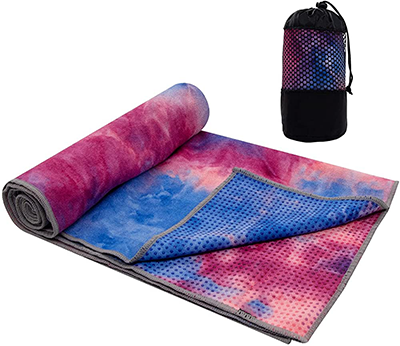
- Cotton: Cotton is a natural and soft material that is often used to make yoga towels. Cotton towels are absorbent but may not dry as quickly as microfiber towels.
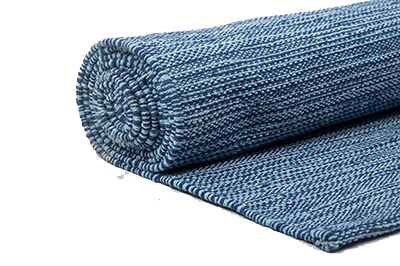
- Bamboo: Bamboo is a natural and sustainable material that is often used to make yoga towels. It is lightweight, absorbent, and soft. Most importantly, bamboo yoga towel is totally eco-friendly!

- Hemp: Hemp is a natural and sustainable material that is often used to make yoga towels. It is durable, absorbent, and antimicrobial, making it a good choice for hot yoga practices.

- Combination materials: Some yoga towels may be made from a combination of materials, such as a blend of microfiber and cotton, to provide the benefits of both materials. At the same time, combination materials save cost.

8.What are the pros and cons while using yoga towels?

8.1 Pros of using a yoga towel
- Non-slip surface:A yoga towel provides a non-slip surface for your hands and feet, which can be especially helpful if you tend to sweat a lot during practice.
- Portability:Yoga towels are lightweight and easy to carry, making them a great accessory to bring with you to yoga class or when traveling.
- Hygienic:Using a yoga towel on top of a shared studio mat or rental mat can provide a hygienic barrier between your body and the mat, reducing the risk of infection.
- Versatility:Yoga towels can be used for a variety of purposes beyond yoga, such as a beach towel, travel towel, or even as a cleaning cloth.
8.2 Cons of using a yoga towel
While yoga towels will be a useful accessory for yoga practice, they also come with a few potential disadvantages. Now follow Speck to take a look at these cons:
- Slippage: While a yoga towel is designed to provide a non-slip surface, it can still slip or bunch up during practice if it’s not properly aligned or if the surface it’s placed on is not even. This can be distracting and potentially dangerous, especially during more challenging poses.
- Cost:High-quality yoga towels may be expensive compared to regular towels, and you may need to purchase multiple towels if you practice yoga frequently.
- Maintenance: Yoga towels require regular washing and drying to prevent the buildup of bacteria and odors. This can be time-consuming and may require special care instructions depending on the material.
- Environmental impact:Depending on the material, yoga towels may not be as environmentally friendly as other options. For example, towels made from synthetic materials like polyester may not be biodegradable or recyclable.
- Not suitable for all practices:While yoga towels are useful for certain types of yoga practices, they may not be necessary or suitable for all practices. For example, if you practice a style of yoga that involves a lot of standing poses, you may not need a towel as much as you would for a practice that involves a lot of seated or lying-down poses.
9.When to use yoga towel?
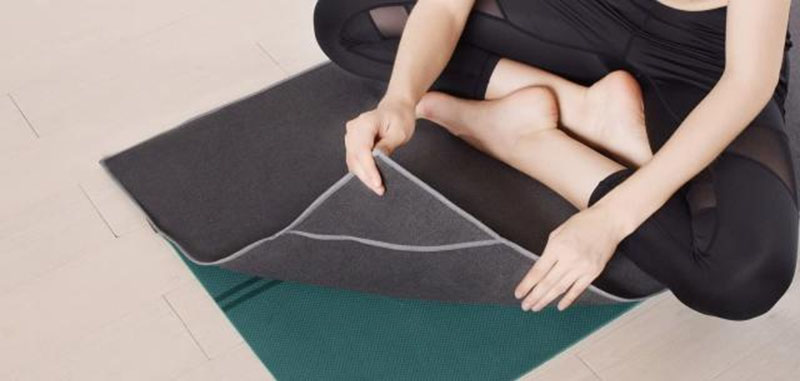
Yoga towels are typically used during a yoga practice to absorb sweat and provide added grip and stability. Just like the yoga mats, they also can be used in a variety of situations, anytime when a practitioner needs added grip and stability, or wants to absorb sweat and prevent slipping on a wet yoga mat.
- Hot yoga or Bikram yoga:These types of yoga practices are done in a heated room and can cause excessive sweating. A yoga towel can help absorb sweat and prevent slipping on a wet yoga mat.
- Ashtanga or Vinyasa yoga:These types of yoga practices involve dynamic movements and can cause sweat. A yoga towel can help keep the hands and feet dry, providing added grip and stability during the practice.
- Outdoor yoga:When practicing yoga outside, the ground or mat may be uneven or slippery. A yoga towel can provide added grip and stability, as well as protect against dirt and debris.
- Shared yoga mats:When using a shared yoga mat, a yoga towel can provide a hygienic barrier between the body and the mat.
10.What are the differences between yoga mats and yoga towels?
The main differences between a yoga mat and a yoga towel are their intended purpose and functionality. While both are used during yoga practices, they serve different purposes and offer different benefits.
- Material: Yoga mats are typically made from more durable materials, such as PVC or natural rubber, while yoga towels are made from softer and more absorbent materials, such as microfiber or cotton.
- Cushioning: Yoga mats provide a thicker and more stable base for practicing yoga postures, while yoga towels are thinner and provide added grip and stability.
- Sweat absorption:Yoga towels are specifically designed to absorb sweat during a yoga practice, while yoga mats may absorb some sweat but are not as effective as yoga towels in this regard.
- Portability:Yoga towels are more lightweight and portable than yoga mats, making them easier to carry around and use on-the-go. Yoga mats are typically heavier and bulkier, making them more difficult to transport.
11.Which one is better: yoga mat or yoga towel?



It’s not a matter of one being better than the other, as both yoga mats and yoga towels have their own unique benefits and purposes.As a leading yoga fitness equipment manufacturer, Speck would show you a few examples of using yoga mats and yoga towels respectively. You can make a choice between the two depending on your preferences and needs.
- A beginner yogi may prefer to start with a yoga mat, as it provides more cushioning and stability for learning basic postures. As the practitioner becomes more advanced, they may choose to add a yoga towel for added grip and sweat absorption during more challenging practices.
- A practitioner who enjoys hot yoga or Bikram yoga may choose to use a yoga towel over a yoga mat, as the towel provides better sweat absorption and grip in a heated and sweaty environment.
- A yogi who practices mainly at home may prefer to use a yoga mat for convenience and stability, while also using a yoga towel for added grip and to protect the mat from sweat and dirt.
Conclusion
Both yoga mats and yoga towels have their own advantages and disadvantages, and the best choice for you will depend on factors such as your level of experience, the type of yoga you practice, your budget, and your personal preferences. It is recommended that you try both and decide which one works better for you based on your own experience.
As a leading yoga mat OEM manufacturer and custom yoga towel maker, we are committed to providing the highest quality products at an affordable price. We believe that yoga should be accessible to everyone. Our custom yoga towels are made from high-quality microfiber or cotton, and are designed to provide extra grip and absorbency during your practice; our wholesale yoga mats are made from premium materials such as PVC, rubber, or cork, and come in a range of thicknesses and textures to suit your preferences. Whether you sweat a lot during your practice or just prefer a more absorbent surface, our yoga towels and mats are the perfect addition to your practice. If you want more information, please contact us!

